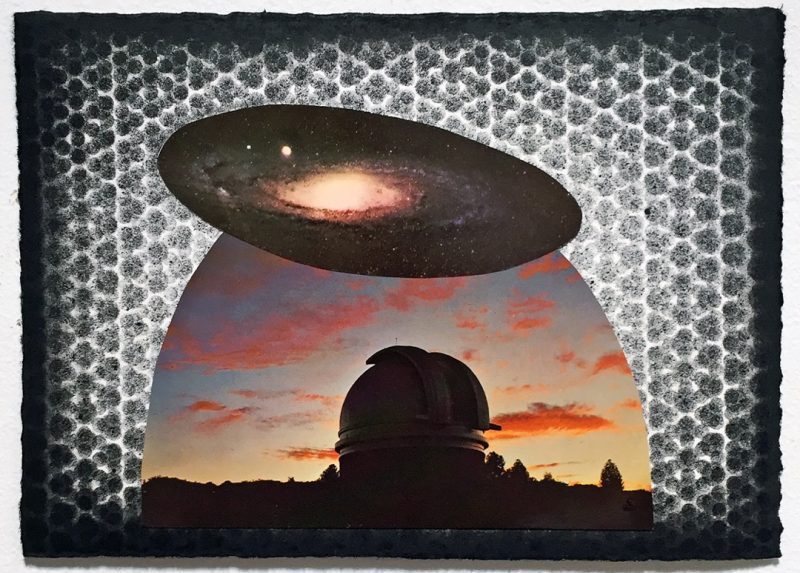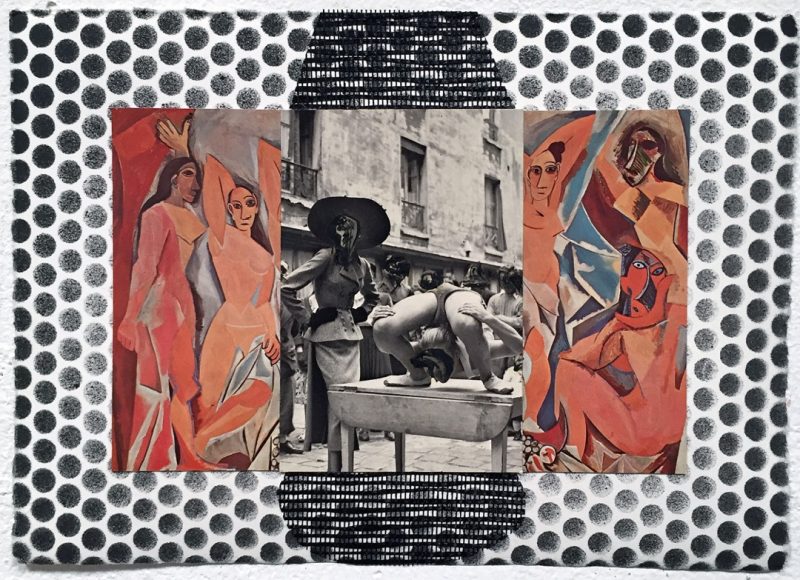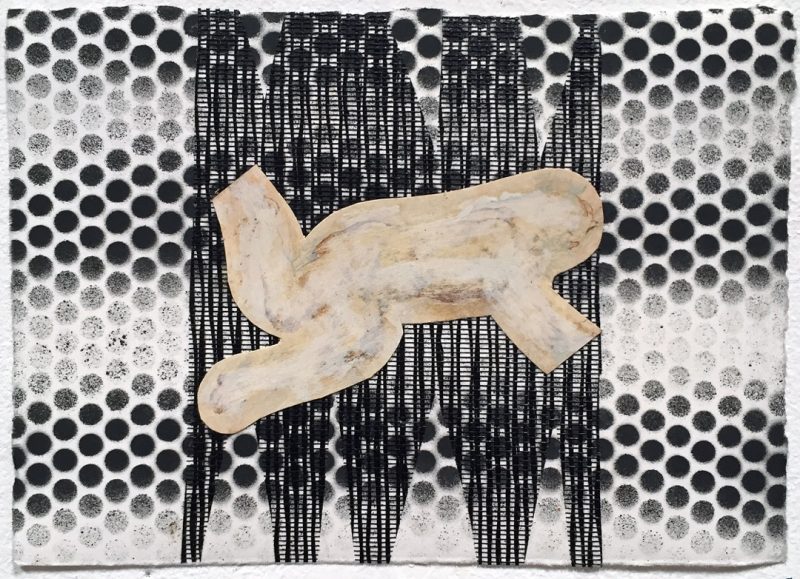The poet extracted italicized dates and laws from The New-York Historical Society's Slavery In New York: Classroom Materials (Waters, 2005), available online.
Manhattan, 1713: No slaves over the age of 14 could be out at night without a lantern by which they could be plainly seen.
How does one exist always
in violent illumination The light flooding:
bright maw
Night is blacker and shifting
uncontrolled What must the Black body look like
glowing at dusk always
foreign haloed
warning
others of its coming

Oversight
Light
to your shimmering black
Lantern to chin, Chattel
Your glint and focused
quiet
Your poor person’s pride Well-lit
niggerness
floating:
a firefly’s wonder
Your haunt
humble An unsaved shadow
big as a new moon

Brooklyn, 2014: Omnipresence
Floodlights loom over
the projects
humming
on watch like sentinels
In this open-ended morning the Black
body always moves
toward heaven bound
No ones mistakes its slipping between
drawn curtains as safety
The constant whirring of generators:
locust death rattle
surveillance Hear them always
buzzing
into bone Officers lean
into their confidence
Each evening
the lights: surrogates observing
and pushing through
privacy Shining on all
inches of suspicion

Amplification
You and your broad nose
are of interest In the furious shine
you cast shadows
At all times of day
you fit several
descriptions
What is light but an accomplice?

Manhattan, 1722: Black funerals had to be held during daylight.
Look:
the body adapts
Is even
buried in the sun’s
brightest moments
What can be done
to a body that sleeps
and prays in the perpetual day
beams seeping into its casket?
|look|
What can be done
with a body watched from all angles for signs
of danger
and magic
Without the death’s sunset
the body is eternal as the humming
sun
|Yes and brighter still|

Manhattan, 1742: Every household was required to keep watch for suspicious night-time behavior of slaves.
Even evening the body
is studied
its shadows watched naturally as if changing
seasons Long nights
are more sport than rest Look
at the dark and its supple
shapes
Isn’t the moon ripe
steely as an iron bit
Vigilant as the community armed
and encouraged

Where Black:
Opening the day
In the crevices of Father’s hard working palms
A quiet outline between water and land
Grandmother’s womb
In the soil that holds her first-born child
Suspending each dead star in time
Just ahead
Running
Behind the double-sided tongue
Watching quietly from the trees as we ruin each other
Here and here
and here

Ashaki M. Jackson is a social psychologist and poet living in Los Angeles. She is a Cave Canem and VONA alumna whose work appears in CURA, Pluck! and Prairie Schooner among others. She serves on the VIDA: Women in Literary Arts board and authored two chapter-length collections – Surveillance (Writ Large Press) and Language Lesson (MIEL).
Born in Burbank, California in 1950, with an MFA from UC Irvine in 1974, Ned Evans has lived in Venice, California since the early 1970s. Working primarily in painting in acrylic and mixed media on canvas, he has also spent years exploring photography, collage, and mixed media sculptural reliefs. He has shown throughout the United States and Europe. While his work is unquestionably influenced by the Southern California landscape, ultimately and inevitably his reconstructing and building edifices and foundations, on top of which exist the nuances of illusion and light.